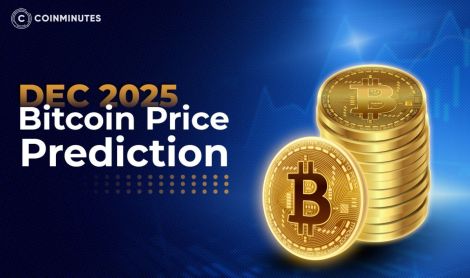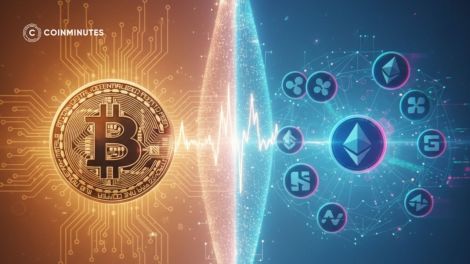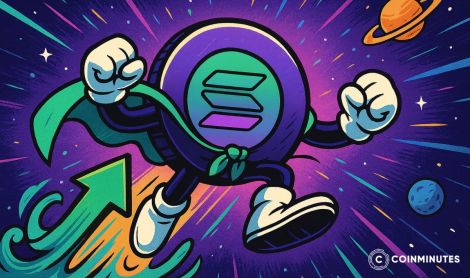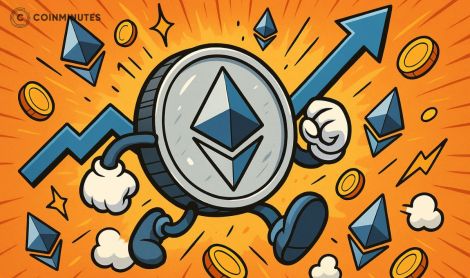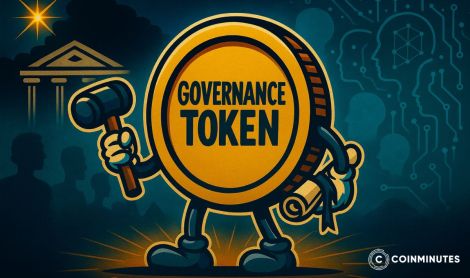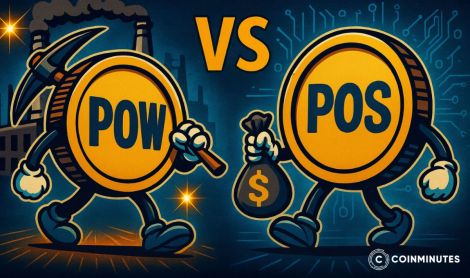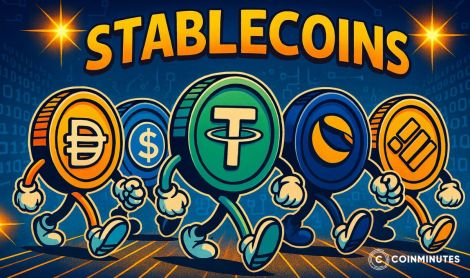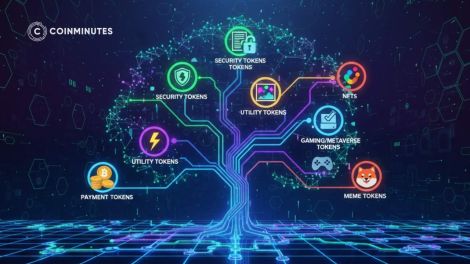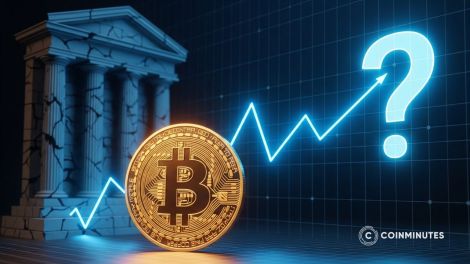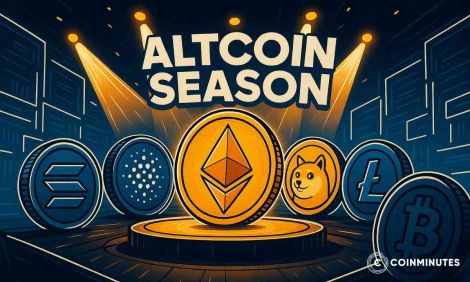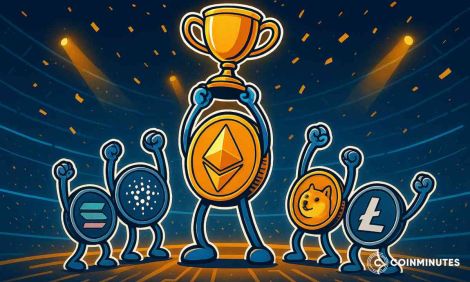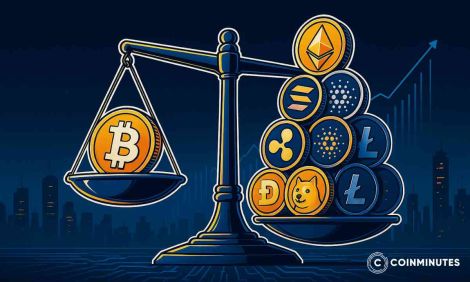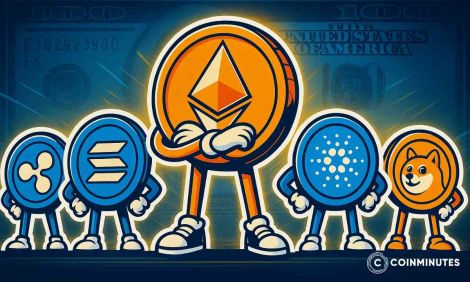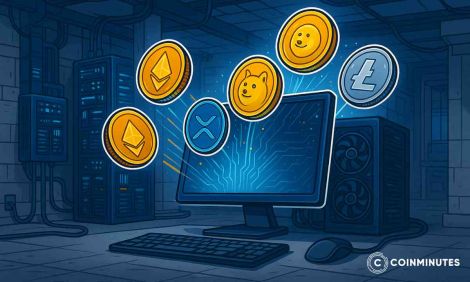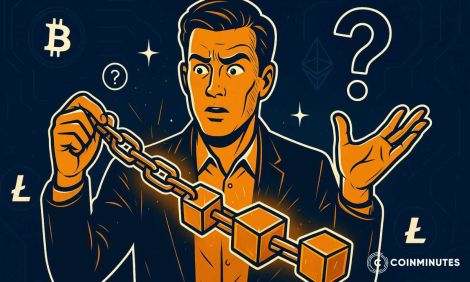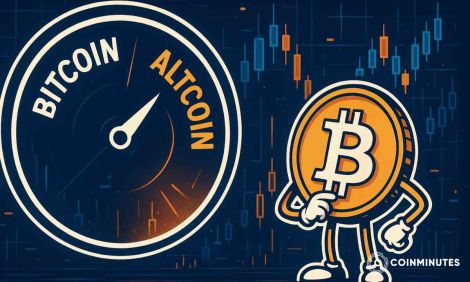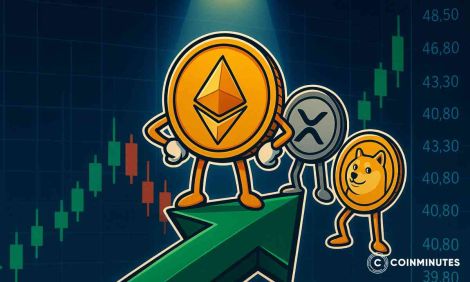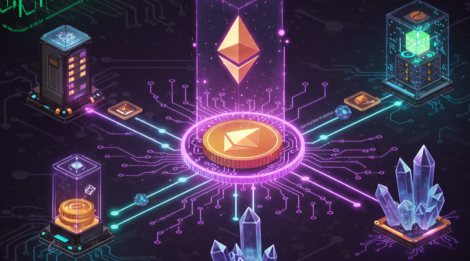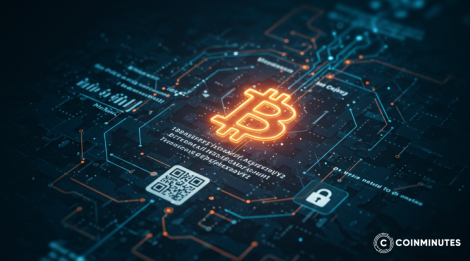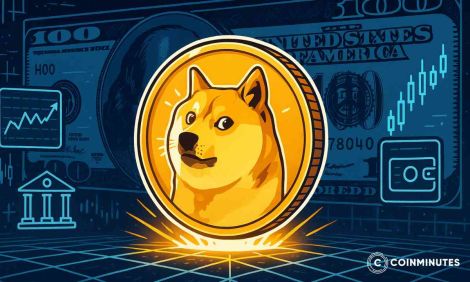What are Altcoins? Take a Look at the Most Promising Altcoins 2025
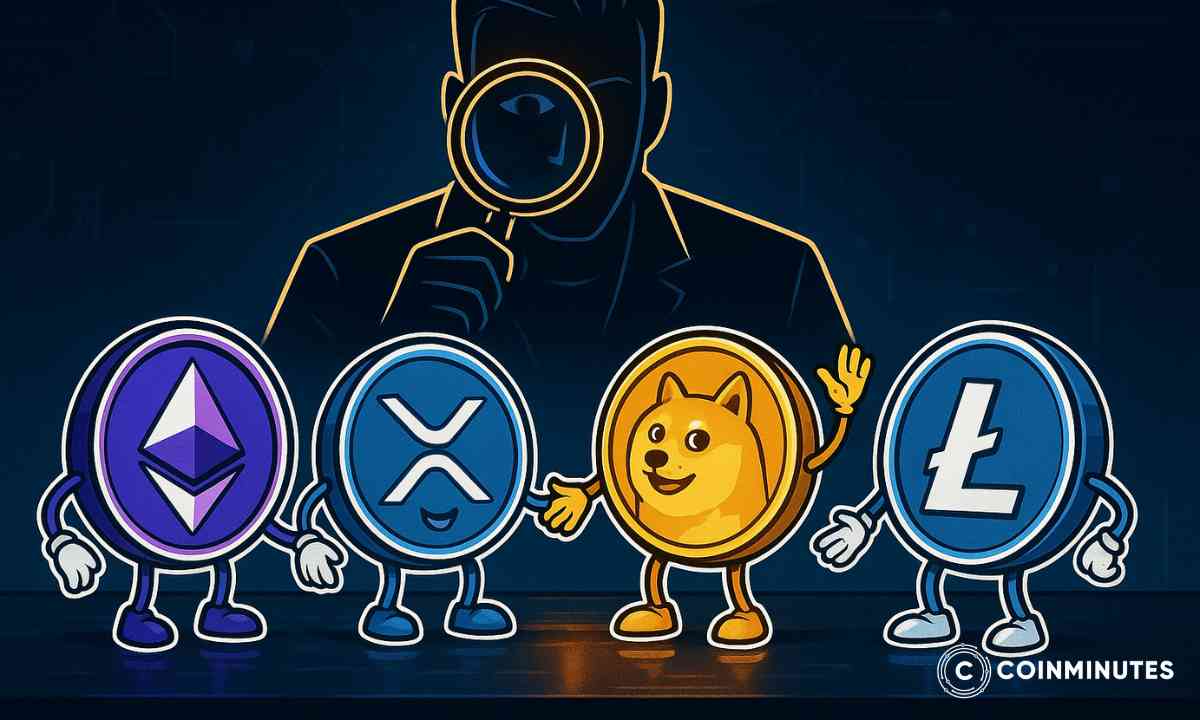
Bitcoin is already known to you, right? Indeed it is a difficult thing not to know. It is the first, the most powerful, the king of the crypto castle; the one, for example, your uncle is asking about at Christmas dinners. For a long time, Bitcoin was practically the whole crypto market. However, that is not the case anymore.
In fact, the crypto world has become an expansive, messy, and interesting digital city with Bitcoin being the oldest area. There are thousands of coins, projects, and tokens. These are the altcoins, and if you are intrigued about where crypto is going, they are the ones to watch. They are the ones that depict the dreams, trials, and, at times, the spectacular failures of the industry.
Why should you even care? Simply because the party was started by Bitcoin, but it is the altcoins that are still figuring out what to do next. They are coming up with a different type of internet, and they are changing the way of giving money access to the digital world. This is a place that is filled with creativity and innovation. So, welcome to CoinMinutes. Without using any of the complicated jargon, let's uncover the truth of these things one by one.
What are Altcoins?
Let's get the simplest part out of the way first. "Altcoin" is just a mashup of the words "alternative" and "coin." It's the catch-all name for every single cryptocurrency that isn't Bitcoin.
Bitcoin was the first. It kicked this whole thing off. Everything that came after it—all 20,000+ of them—is an altcoin.
The name itself comes from the early days of crypto, around 2011-2013, when the first new coins were created as direct alternatives to Bitcoin, usually with just a few small tweaks. I remember when Litecoin first came out; people famously called it the "silver to Bitcoin's gold." The whole idea was just to be a slightly faster and cheaper version of Bitcoin for payments. Back then, I thought, "Why would anyone need something other than Bitcoin?" My perspective, like that of many others, changed dramatically as the space evolved.
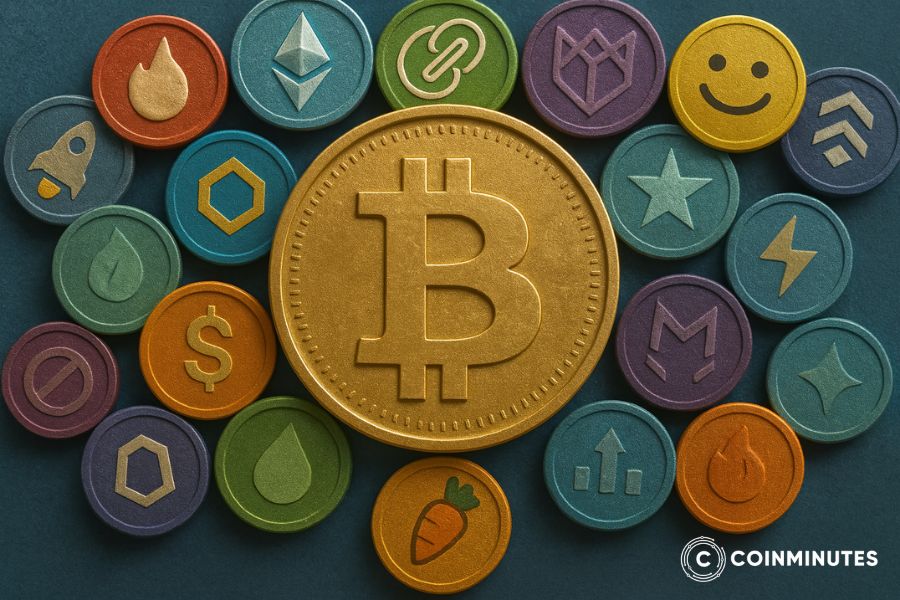
The world of altcoins has since exploded far beyond that simple idea. Think of it like this: if Bitcoin is classic rock and roll—the foundational genre that started a revolution—then altcoins are every other genre of music that came after. You've got hip-hop (DeFi protocols trying to build a new financial system), electronic music (gaming and metaverse projects creating new digital worlds), punk rock (privacy coins focused on anonymity), and even weird experimental music (meme coins). They all share some common roots in blockchain basics, but they're trying to do wildly different things and appeal to different audiences. This is why you can't just talk about "altcoins" as one single thing; the category is just too broad and diverse. They are the research and development lab of the entire crypto industry, pushing the boundaries of what's possible.
The Evolution of Altcoins
The altcoin universe didn't just appear overnight. It grew in a series of waves, starting as simple copies of Bitcoin and evolving into the complex, sprawling ecosystem we see today. The journey has been a wild ride of innovation, speculation, and spectacular blow-ups.
The first wave, as we mentioned, were basically just "Bitcoin with a twist." The very first altcoin was called Namecoin, launched in 2011. It was a fork of Bitcoin's code but added a feature to act as a decentralized phone book for the internet. A few months later, Litecoin came along with the goal of being a faster, lighter version of Bitcoin. These early projects were important because they proved that Bitcoin's open-source code could be a launchpad for new ideas.
But the real Cambrian explosion of altcoins was triggered by one project: Ethereum.
Launched in 2015, Ethereum altcoin wasn't just another payment coin. It introduced a revolutionary idea called smart contracts. Think of a smart contract like a high-tech vending machine. In a normal vending machine, you put in money, and a physical mechanism gives you a snack. A smart contract does the same thing with code: you send it crypto, and it automatically executes a pre-programmed set of rules—no human needed. This little idea changed everything.
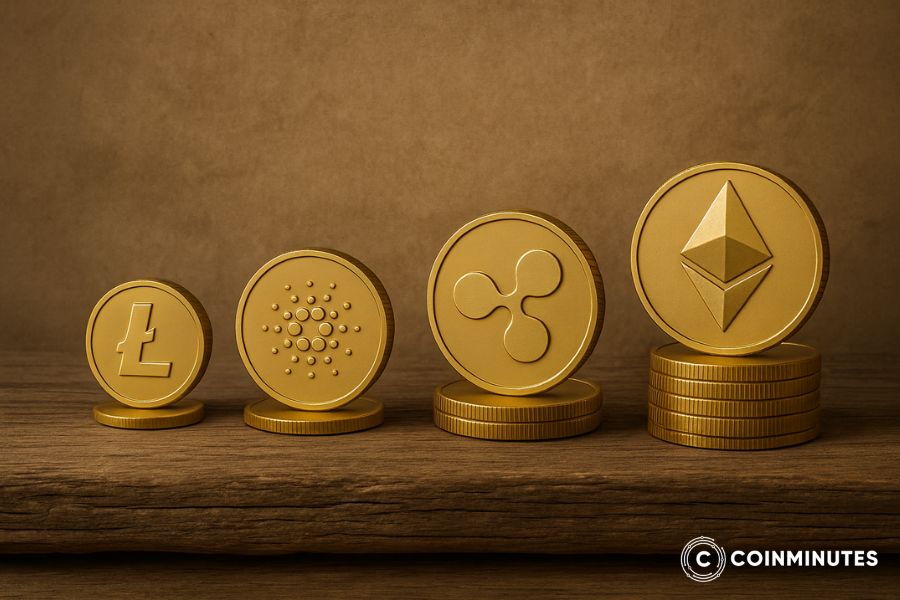
Suddenly, developers had a platform to build their own applications and issue their own tokens without having to create a whole new blockchain from scratch. This led to the infamous Initial Coin Offering (ICO) boom of 2017. It was the Wild West. Thousands of projects wrote up a "whitepaper," created a token on Ethereum, and raised millions of dollars from the public, often with nothing more than an idea. While many of these projects were scams or simply failed, this era put altcoins on the map and proved that there was a massive appetite for a new, decentralized internet.
Main Types of Altcoins
The altcoin world is a wild place, more like a sprawling digital zoo than a neat and tidy stock market. There are thousands of different species, but most of them fall into a few key categories. Knowing the different types helps you make sense of the chaos.
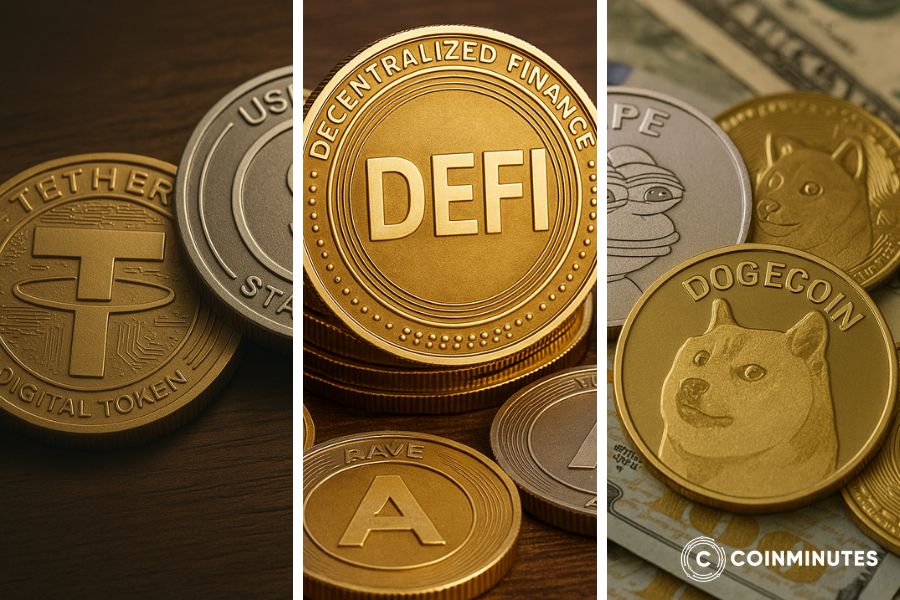
Stablecoins
These are the steady tortoises of the crypto zoo. In a market famous for wild price swings, stablecoins like USDC are designed to hold a stable value, usually pegged 1-to-1 with the US dollar. They're the safe harbor you can run to when the market gets crazy. However, not all stablecoins are created equal. Some, like the infamous Terra/Luna, used risky algorithms instead of real reserves, and its collapse in 2022 wiped out billions of dollars, a harsh lesson for the industry. Understanding the tokenomics behind stablecoins—how they maintain their peg and what backs their value—is crucial before trusting them with your money.
Meme Coins
These are the mischievous monkeys. Coins like Dogecoin (DOGE) and Shiba Inu (SHIB) were literally started as jokes. Their value is almost entirely based on internet hype and the power of community. When Elon Musk tweets about Dogecoin, the price can go wild. It's pure speculation and more like gambling than investing, but their resilience has surprised everyone.
Utility Tokens
These are like tokens at an arcade. You need them to "play the game" or use a specific service. Chainlink (LINK) is a perfect example; projects have to pay with LINK tokens to use its essential data services.
DeFi Tokens
These are the worker bees of the ecosystem. They are the tokens for "Decentralized Finance" apps that let you lend, borrow, and trade without a bank. Often, they also double as governance tokens. Aave (AAVE) and Uniswap (UNI) are giants in this space.
Privacy Coins
These are the ghosts of the crypto zoo. In an age of digital surveillance, projects like Monero (XMR) use advanced cryptography to hide the sender, receiver, and amount of a transaction, offering a high degree of financial privacy.
Top 10 Promising Altcoins 2025
This isn't a shopping list or financial advice. This is a starting line for your own research. These are ten of the best altcoins and most well-known and established projects in the crypto space, each representing a different corner of the market.
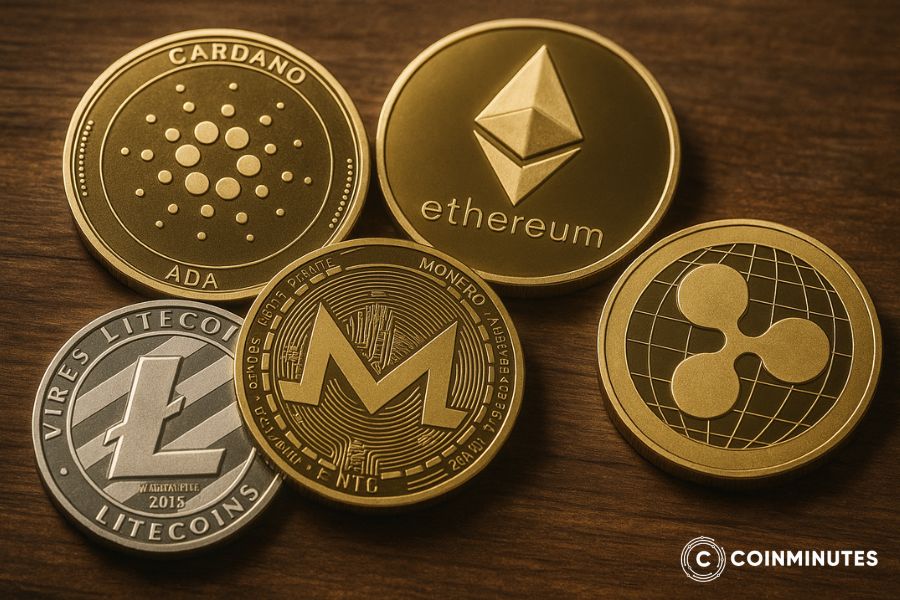
-
Ethereum (ETH): The undisputed king of altcoins and the foundational layer for DeFi and NFTs. It's the busiest and most important smart contract platform.
-
Solana (SOL): The speed demon. A super-fast blockchain that's one of Ethereum's biggest rivals, especially popular for trading and payment apps.
-
Cardano (ADA): The slow and steady academic. A platform that prioritizes a research-driven, peer-reviewed approach to development, focusing on security and sustainability.
-
Polkadot (DOT): The "internet of blockchains." A complex project aiming to get all the different, isolated blockchains to talk to each other and share information.
-
Chainlink (LINK): The data guy for the crypto world. A critical piece of infrastructure that securely feeds real-world data (like stock prices) to smart contracts.
-
Avalanche (AVAX): Another high-speed competitor to Ethereum, known for its "subnet" feature that allows games and big apps to launch their own custom blockchains.
-
Polygon (MATIC): Ethereum's best friend. A suite of tools designed to help Ethereum scale by making transactions faster and much, much cheaper.
-
USD Coin (USDC): A massive, well-regulated stablecoin that is a pillar of the DeFi ecosystem. It's designed to always be worth $1.
-
Dogecoin (DOGE): The original meme coin. It has no real utility, but it has a massive, passionate community and has proven to be surprisingly resilient.
-
Uniswap (UNI): The governance token for the world's largest decentralized exchange. Holding UNI gives you a vote in how this critical piece of DeFi infrastructure is run.
The Role of Altcoins in the Crypto Ecosystem
So why do we even need thousands of these other coins if we already have Bitcoin? Altcoins play a few critical roles that are essential for the health and growth of the entire industry. They're the engine of innovation.
Why Altcoins Exist
Altcoins exist to explore the paths that Bitcoin didn't take. Their main purposes are:
-
To Innovate and Experiment: The altcoin market is the world's largest, most chaotic open-source R&D lab. Developers can test out new ideas for scaling, privacy, and governance that would be too risky to try on the multi-hundred-billion-dollar Bitcoin network.
-
To Solve Bitcoin's Problems: Let's be honest, Bitcoin has its limitations. It's slow (only about 7 transactions per second), and it can't run complex applications. Many altcoins were created specifically to be faster, cheaper, and more versatile. The altcoin vs Bitcoin debate often centers on these practical differences in speed, cost, and functionality.
-
To Solve Bitcoin's Problems: Let's be honest, Bitcoin has its limitations. It's slow (only about 7 transactions per second), and it can't run complex applications. Many altcoins were created specifically to be faster, cheaper, and more versatile.
-
To Fill a Niche: The digital world is huge, and there's room for specialized tools. Some altcoins are designed for a very specific job, whether that's tracking luxury goods on a supply chain, creating a decentralized social media platform, or powering a virtual world.
Use Cases and Real-World Applications
This isn't just a bunch of theory. Altcoins are being used for real things right now, creating a whole new digital economy.
-
Decentralized Finance (DeFi): This is the biggest one. The entire DeFi ecosystem—where you can lend, borrow, and trade without a bank—is built almost entirely on altcoin platforms like Ethereum.
-
Non-Fungible Tokens (NFTs): The explosion in digital art and collectibles was powered by altcoins. You buy and sell NFTs using tokens like ETH or SOL.
-
Gaming and the Metaverse: In-game economies are being built with altcoins. In games like Axie Infinity, players can earn tokens that have real-world value.
-
Supply Chains: Projects like VeChain are being used by real companies to track everything from Walmart products in China to fancy wines from Italy, all verified on a blockchain.
-
Privacy: In a world of constant surveillance, privacy coins like Monero offer a way to send and receive money with a high degree of anonymity.
Benefits and Risks of Altcoins
This is the most important part to get right. The altcoin market is a world of massive opportunity, but it's also a minefield of risk. You have to respect both sides of that coin.
Potential Benefits for Investors and Users
Let's be real, the main reason people are attracted to altcoins is the chance for explosive, life-changing growth. Bitcoin is a giant. For its price to double, hundreds of billions of new dollars have to flow into it. But a small, innovative altcoin with a low market cap? If it catches on and solves a real problem, it can see its value multiply by 10x, 50x, or even more. This is the dream that attracts so much attention.
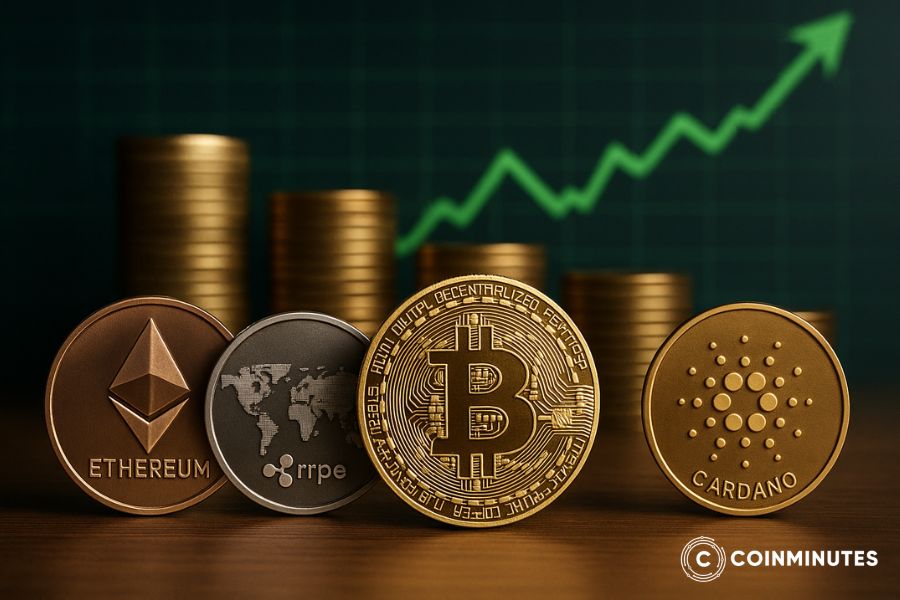
Many investors also pay close attention to altcoin season—those periods when altcoins dramatically outperform Bitcoin, often triggered by a combination of Bitcoin dominance declining and fresh capital flowing into the crypto market. During these exciting phases, even lesser-known projects can see explosive gains as investors rotate their profits from Bitcoin into higher-risk, higher-reward alternatives.
Beyond that, savvy investors also buy altcoins to diversify their crypto holdings and to get direct exposure to the cutting-edge of new technology, whether that's decentralized AI, blockchain gaming, or new financial systems. And for users, these coins provide access to a whole new world of applications that aren't possible in the traditional web.
Key Risks and Challenges
Now for the reality check. The number one risk is extreme volatility. I have personally seen my altcoin portfolio drop by 50% in a single day during a market crash. It's a brutal, gut-wrenching experience that is not for the faint of heart. You have to be okay with watching your investment get cut in half, or even more.
The next risk is that most of these projects will simply fail. Think of every altcoin as a tiny tech startup. And what do most startups do? They go out of business. The crypto graveyard is filled with coins that were once in the top 100. This is why understanding tokenomics—the economic model behind a token, including its supply, distribution, and utility—is essential for evaluating whether a project has long-term sustainability or is just riding a hype wave.
And finally, the space is crawling with scams. The US Federal Trade Commission (FTC) has reported that consumers have lost billions of dollars to crypto scams in recent years. This includes "rug pulls," where a project's creators just disappear with everyone's money. It's a very real danger.
The Future of Altcoins
So where is this chaotic world headed? The space moves at lightning speed, but a few key trends are starting to emerge that will likely define the next few years for altcoins. The era of just having a cool idea on a whitepaper is over; now, projects have to prove they can build something that people actually want to use.
The biggest trend is a relentless focus on scalability. The most popular blockchains, like Ethereum, have become slow and expensive, like a highway clogged with traffic. This has led to the rise of Layer 2 altcoins like Arbitrum and Polygon. These are like new express lanes built on top of the main highway, making transactions incredibly fast and cheap. This technology is absolutely critical for bringing the next billion users into crypto.
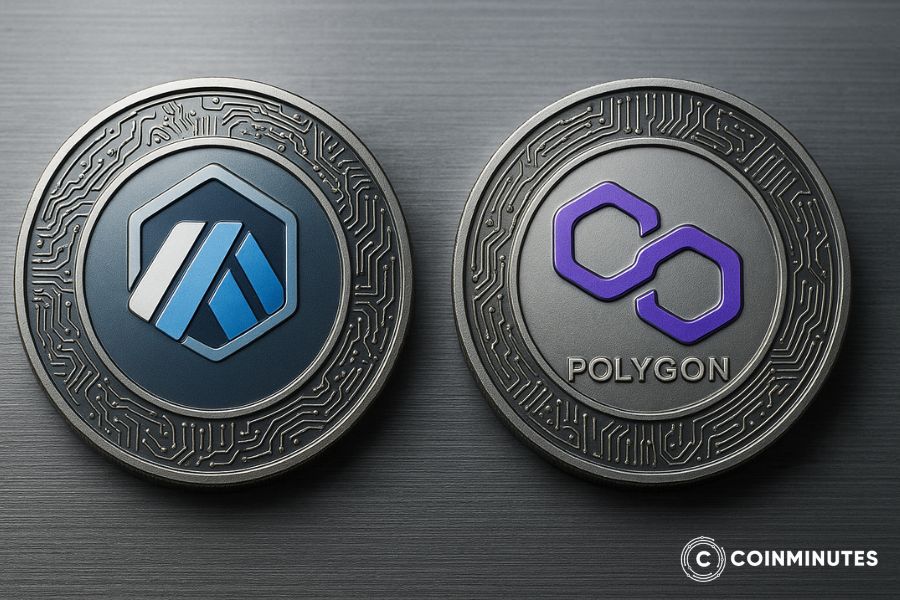
Another huge trend is interoperability. Right now, most blockchains are like isolated islands that can't talk to each other. Projects like Polkadot and Chainlink are building the bridges between these islands. A future where you can seamlessly move an asset from the Solana blockchain to the Avalanche blockchain is coming, and the altcoins that make it happen will be incredibly valuable.
Finally, the narratives are shifting towards real-world utility. Two of the hottest sectors are Real-World Assets (RWAs), which is all about putting things like stocks and real estate on the blockchain, and the intersection of Artificial Intelligence and Crypto. At CoinMinutes, we're keeping a close eye on these trends, as they represent a major step in the maturation of the altcoin market.
Continue Your Crypto Journey with CoinMinutes
The altcoin market is a large and interesting world, but it requires constant learning and a fair amount of mistrust. Keeping oneself updated with the newest trends, technologies, and risks is not only useful; it is indispensable for every person who wants to successfully move through this field. What has been provided as information is only the first step, a base on which to establish your own knowledge.
At CoinMinutes, we pledge to keep on delivering detailed analyses, comprehensive guides, and impartial, easily understandable insights regarding every change in the cryptocurrency world. These serve to make you aware of the market's difficulties, select the sectors with the best prospects, and take steps towards smarter decisions. Whether you are a beginner or an experienced investor, we invite you to follow the crypto path with us. The more knowledge you acquire, the more you will be able to form sound judgments regarding the direction digital finance will take in the future. It is our pleasure to accompany you in your crypto journey.
 English
English
 Vietnamese
Vietnamese

